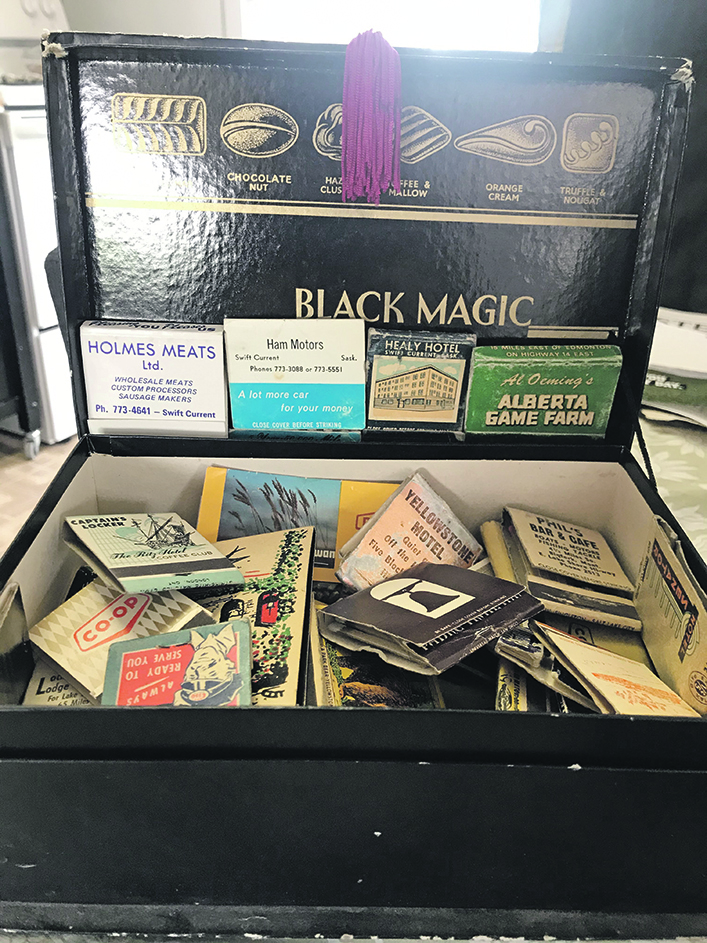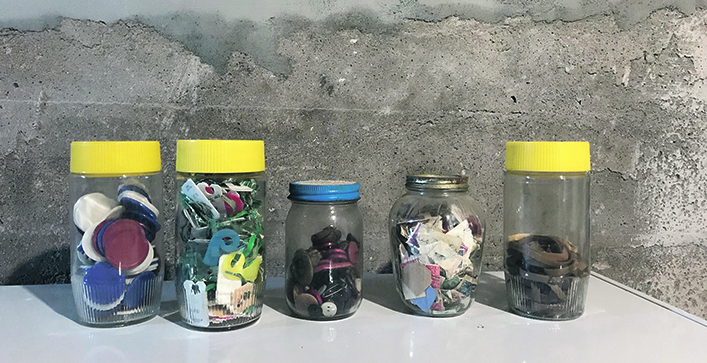Sorting through the contents of a 104-year-old home while making it liveable again offers an enchanting link to the past
A 104-year-old farmhouse can yield a treasure trove of stories, memories and folklore.
When my husband, Bob, and I moved into the family farmhouse near Swift Current, Sask., we began a 10-year-long project to restore the farmhouse to its former glory.
We determined at the outset that we were not going to sink our life savings into it. Bob had kept the shingles and exterior in good shape, so the house structure had stood the test of time. Gradually, it became livable again without too much money invested, after being empty for almost 20 years.
A bit of wallpaper, paint and a new verandah were the first restorations and along the way, Bob recounted stories of his grandfather and father, along with himself and his siblings growing up in this heritage house.
A bumper crop in 1915 allowed the family to build the two-story four-square with a verandah on two sides in 1917. Early pictures of the house depict what amounted to a landmark on the Prairies, with no trees or lawn and lots of space for parking horses and wagons and the 1922 Sawyer Massey.
The widow’s walk on the roof, 20 feet above the ground, had long since blown away. We replaced it with aluminum railing and made up stories about people using it as a lookout for various adventures.
In fact, the widow’s walk was probably built to allow access to the attic from the outside in case of fire in the chimney.
Every day and evening we spent sorting through the house’s contents, which often prompted a new story about its former residents and the good times and hard times experienced through 104 years of occupancy.
Various members of the family had lived in the house through the 1930s, visitors were common, and they all had to be fed and bedded.

The attic still houses furniture, bed frames, high-buttoned shoes, and clothing from the early days. Not to mention several mounted birds and animals, a hobby of some members of the family when this practice was in vogue.
The most intriguing feature of the attic, however, is the boxes and shelves of magazines, newspapers and catalogues. The Army and Navy catalogue of 1947 advertises a double-decker, all-steel bed for $6.95 and an RCAF women’s regulation gabardine coat for $4.95. A Suprema violin with bow and resin cost just $3.95 in the 1937 Eaton’s catalogue.
The many years between then and now were chronicled in the spaces on the annual calendar, one of which hung in every home before day-timers and cellphones kept track of our daily lives.
This family was, and is still, fond of diarizing daily events, such as when seeding started, the day the garden was planted, and how many chickens were plucked to feed visitors.
So much life was lived here that we can feel it in the walls and almost hear the inhabitants talking as they made a life on what could be a bleak landscape, but which ultimately supported three generations of family members making a living from agriculture.
Digging through the basement also brought forth many memories. Each wall or shelf was festooned with saved or found objects that revealed countless insights into the work and play in which the residents of this house were engaged.
So much thought, work and love went into the day-to-day goings-on of this edifice. A collection of buffalo horns adorns one shelf, beside lightbulbs and electrical cords from various eras. Tobacco cans filled with nails and screws line the shelves. Antique household and gardening tools hang on nails or hooks. Nary a piece of wire was thrown away in case it could be used another day. To this day, we save pieces of wire we find in the yard.
One wall is relegated to small appliances that have suddenly stopped working, a note attached with month and day when they quit.
An assortment of telephones — hand crank, rotary dial, and touch-tone types — evoke stories of when farm phones used party lines shared by neighbours, in which each house had its own special ring (one long and two short rings, for example) to signal which house the incoming call was intended for.
Toys and sporting equipment have been left behind, worn cowboy boots and heritage hats. There were calendars from the days when scantily clad women graced the covers. Empty Black Magic chocolate boxes filled with matchbooks from restaurants and motels visited on vacations and ice cream pails containing stubby used pencils and pens with very little ink hang from the joists.
Perhaps the most telling feature of the basement is the shelves of sealers, and jars of memorabilia that reveal the changing attitudes or values throughout the years. Saved items reveal a level of folklore that gets lost through the busy-ness of life these days.
For example, one shelf houses glass jars of items that seemed essential at the time and too good or unique to throw away. One jar was filled with plastic bread tags. Plastic bags were likely also saved to store homemade bread and buns and the ingenious bread tags used as closers. Another glass jar, (usually these are instant coffee jars), was filled with rubber rings, a staple in any household where canning was a daily routine at harvest. The jar beside it was filled with those same rubber rings that were cut up into small pieces, just the right size for using in your hand-made sling shot. The jar next to it held poker chips, the tired cardboard Rummoli game board long since thrown out.

Still another jar held a collection of stamps from a time when letter writing and Christmas card giving was more popular.
Of course, a big jar of buttons collected from store bought or rummage sale clothing was also there. Each button with a hidden story behind it.
Sorting through 104 years of history has filled our days with stories and memories of lives well-lived. We often say that the house talks to us. My husband can hear his grandfather and father sharing wisdoms of the day. I can hear women visiting while they go about the daily chores.
Times have changed in many respects: Bob helps with the dishes and the meals and I help with the seeding and harvest.
We realize our daily routine is much more mechanized and perhaps more efficient, but we are also reminded of the triumphs and struggles of our forefathers and foremothers. Saving the day-to-day has helped preserve the heritage of these many farmsteads that still thrive today.















